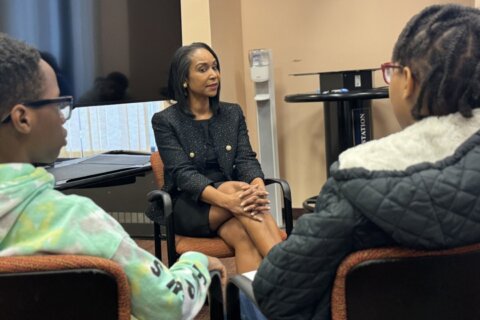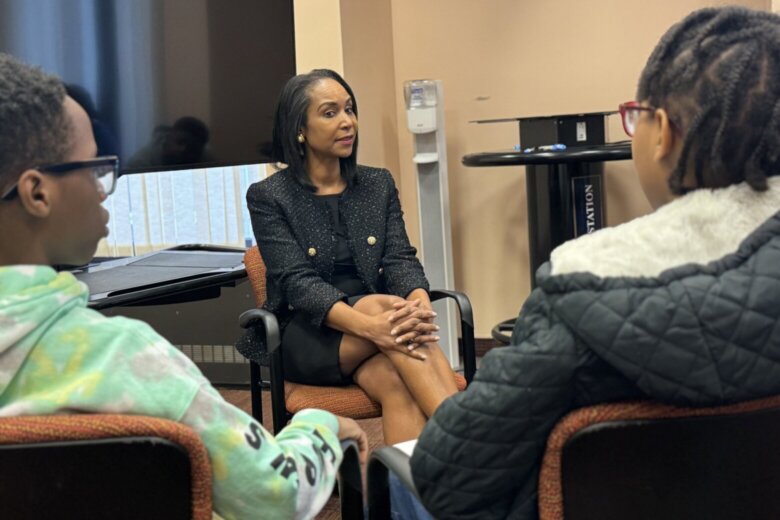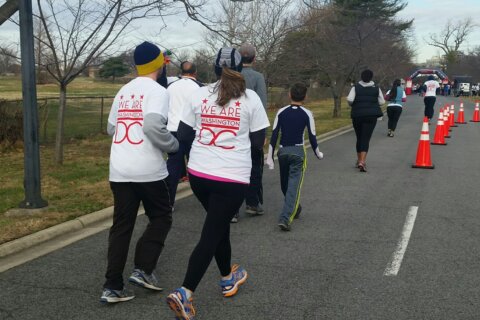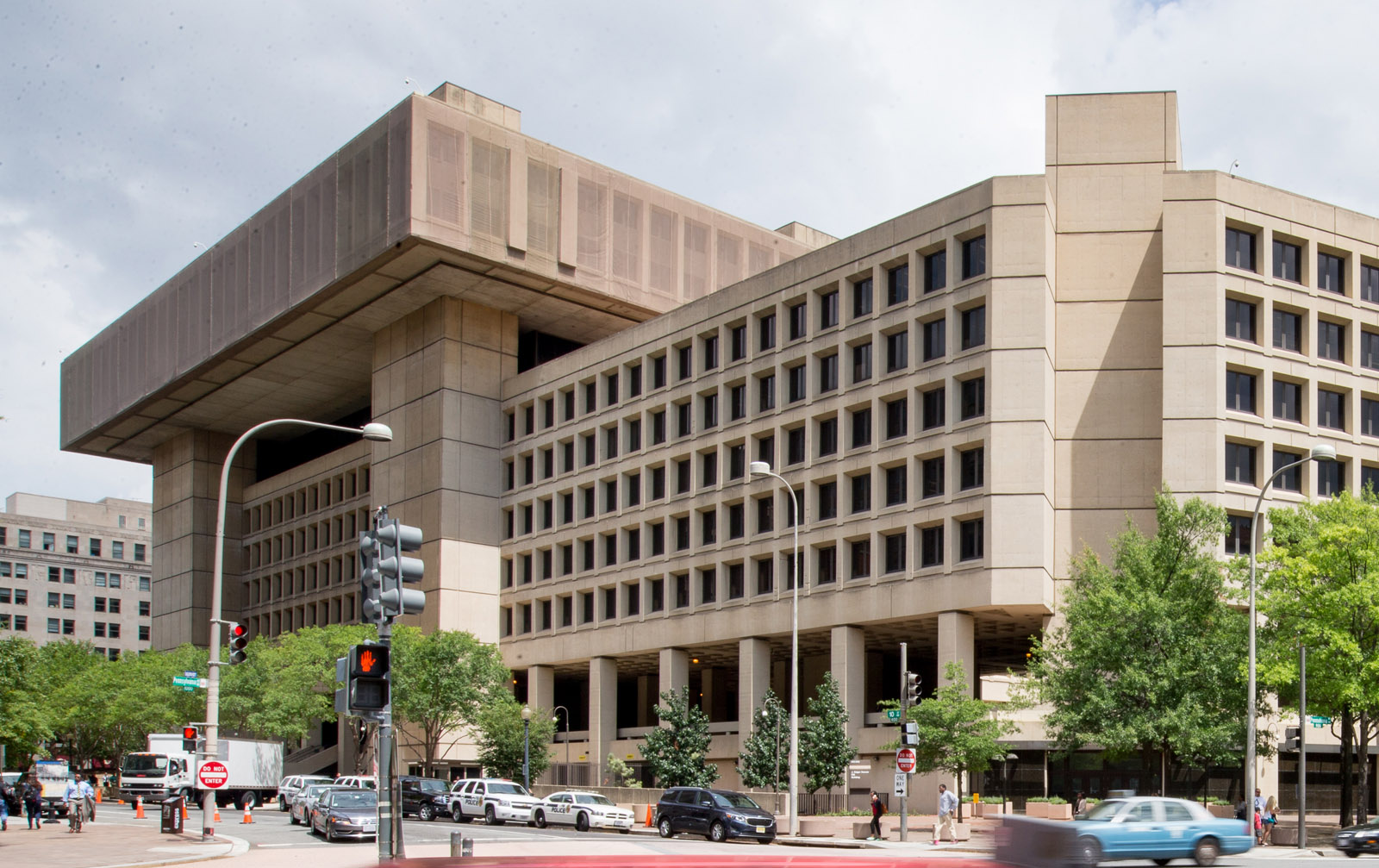
Dozens of sixth graders arrived at D.C. Superior Court, gathering in the lobby for some last minute notes from their teachers. Hoods would be down all day. They were to listen to directions.
The group, from Kramer Middle School in D.C.’s Anacostia neighborhood, filed into a jury reception room for an icebreaker — a game of “Who is the real judge?”
They listened as one judge’s biography was read aloud. They could choose from three panelists who sat at a table, identified only by numbers. The sixth graders, working in groups of five, got to ask questions.
“How old were you when you went to law school?”
“What high profile cases have you covered?”
Then, the students got to choose, by a show of hands, who they believed was the real judge.
Magistrate Judge Judith Pipe called out, “Will the real judge pleeeeease stand up?”
With a laugh, Judge Yvonne Williams stood up, and soon the groups reconvened and headed off to another courtroom for a briefing. They would go from family to criminal to juvenile court, where again, they could ask questions of the judges about the work they do.
Sixth grader Adrianna Jones raised her hand when asked who wanted to sit at the bench in the judge’s seat. When she stepped down, she was referred to as “Judge Adrianna.”
Later she was asked about how it felt to look out into the courtroom where she could see the jury box, the defense and prosecution tables, and the gallery. It felt “funny,” she said, “because everyone was staring at me.”
Jones said she was eager to go on the field trip because she’d heard about D.C. Superior Court.
“I just wanted to see how it felt and how it looked,” she said.
Her classmate, Zion Harley-Jordan, said the courts appeared as he had imagined. It felt a bit familiar, he said.
“When I was younger I used to watch stuff like this,” he said, referring to courtroom dramas and shows.
Jones said she’s not sure what she wants to do when she grows up, but for now, her interests are in sports.
“I do a lot of sports, like basketball, volleyball, cheer, doing track. I just don’t know what I want to be though,” she said.
Like Jones, Harley-Jordan said when it comes to his future, his real interest is in athletics. Asked which, he ticked off, “baseball, basketball, football” with baseball being his favorite.
Kourtney Purham, director of strategies and logistics at Kramer Middle School, said the visit was part of an ongoing “career exposure” program at Kramer, where students can get ideas about what career fields might interest them. Last year, eighth graders were invited.
“I mixed it up this year,” Purham said, shifting to sixth graders.
They’ve done overnight visits to a college campus, and “Groundhog Job Shadow Day” in February. It’s all part of what they call “#FutureReady” at Kramer, she said.
One of the elements of the visit was to introduce students to the courts in a positive way.
“The courts, definitely in urban areas, have a negative stigma,” and in the past, some parents were hesitant about sending their kids on the field trip to D.C. Superior Court. Purham would like to have seen more eighth graders opting in, but said giving sixth graders the chance to explore careers at the court “is a good thing,” so they can see what opportunities are out there.
D.C. Superior Court Chief Judge Anita Josey-Herring was happy to sit with the students and introduce them to the judicial system as a place of work.
“It really is central to the health and development of these young people and their futures that they are exposed to the court in a very positive way,” she said.
Judges got to explain the challenges of their jobs, and Josey-Herring told WTOP the questions the students were asking showed their interest in starting to chart their own paths, no matter where that might lead.
Although, said Josey-Herring, it would be “awesome if they could see themselves as judges one day.”
Get breaking news and daily headlines delivered to your email inbox by signing up here.
© 2024 WTOP. All Rights Reserved. This website is not intended for users located within the European Economic Area.









